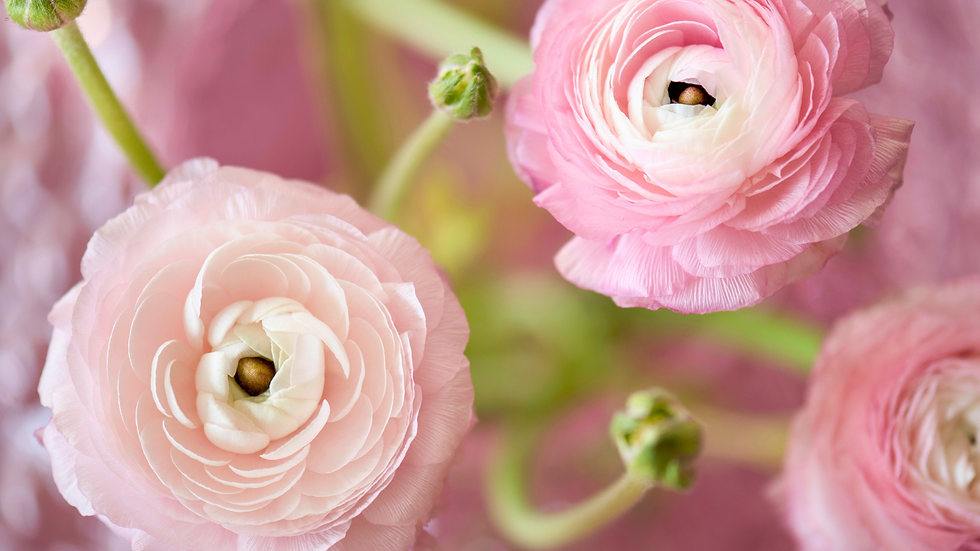How To Grow Pumpkin
- The Carbon Garden

- Oct 14, 2024
- 2 min read

In this article, we share a comprehensive guide to growing pumpkin at home.
Quick Guide Information
Common Name: Pumpkin
Scientific Name: Cucurbita sp.
Family: Cucurbitaceae
Life Span: Annual
Time Till Harvest: 90-120 days
Light Requirement: Full sun to partial shade
Optimum pH: 6.0 - 7.0
Pumpkins are a classic fall crop and are vigorous growers. Properly planted and with enough room to grow, you might not know what to do with all your pumpkins! They are related to squash and are actually a type of winter squash, so growing it is very similar to these crops.
Pumpkins, and their countless varieties, are tender low-growing and sprawling vines. They are not too fussy and can grow in a variety of different soils and environments. They make great ground covers and, in the US where they originated, they are traditionally grown in a polyculture including corn, beans, and many other crops.
Propagation
Pumpkins should be grown from seed. Best success is had when planted directly into their beds although some growers have success starting them in pots. The downside of the pot is that the plants can be heavily stressed during transplanting and may not recover quickly.
Seeds should be sown when temperatures are above 20C. If there is any risk of frost, you are planting too early! Seeds will only take 1-2 weeks to germinate. In warm climates it may only be a couple of days!
Planting, and Maintenance
+ Plant seeds directly into rich loamy soil. Pumpkins do best in fertile soil, so add as much compost or manure as you’re willing to give them. They also tend to do good in rotated into beds previously used for nutrient demanding plants like broccoli and tomatoes.
+ Make sure you give them plenty of space to grow as they like to sprawl out. You can more or less guide the vines, but they typically sprawl in the direction of sunlight.
+ You can train pumpkins onto sturdy structures. They can get quite heavy and will be supported well by the vine. The bigger problem usually occurs with structures not being sturdy enough to support the heavy fruits!
Common Problems
Slow growth and light discolored leaves - This usually occurs due to lack of nutrients. Consider giving them a nice top-dressing of compost or other organic fertilizers around the base of the plant.
Wilting - Pumpkins can handle dry weather and wilting isn’t always a serious issue. This being said, they will appreciate some water! Too much dryness can be catastrophic.
Mildew - Mildew is common in older plants and usually comes with age near the end of the season. Alternatively, warm and humid weather can cause outbreaks. Heavily infected leaves can be removed by hand, otherwise there is not too much that can be done.





Comments